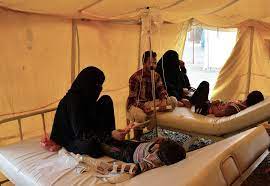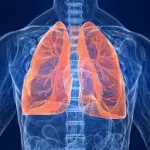The World Health Organization is calling for action to address quality of care in fragile, conflict-affected and vulnerable (FCV) settings, with the release of a technical package on this subject. On 16 March 2021, WHO hosted a global webinar to introduce the content of the technical package and consider how it can be applied by a range of stakeholders to drive action. A recording of the webinar is available here.
The challenge of quality in FCV settings
In FCV settings, where nearly a quarter of the world’s population lives, there are many challenges to the delivery of quality health services, such as damaged infrastructure and systems, insufficient numbers of trained health workers, and increased health needs. FCV settings include a range of situations such as humanitarian crises, protracted emergencies and armed conflicts. Poor quality care accounts for an estimated 15% of all deaths in low- and middle-income countries [1]; this is likely to be worse in FCV settings. Estimates indicate 60% of preventable maternal deaths, 53% of deaths in children under 5, and 45% of neonatal deaths take place in fragile settings where political conflict, displacement and natural disasters prevail [2]. As WHO Director-General Dr Tedros Adhanom Ghebreyesus said, “for our sisters and brothers already facing such extreme adversity, the cost of inaction on quality of care is needless human suffering and lives lost. This is a preventable tragedy”.
WHO’s response
WHO has responded to this need through the development of this technical package. The package is the product of a two-year collaboration between WHO HQ, WHO EMRO and the University of North Carolina and has undergone wide consultation. It consists of a document outlining a flexible approach to taking action on quality of care in FCV settings and an accompanying tools and resources compendium.
Dr Tedros issued a call to the global community in his remarks, highlighting that “the challenge now is to put these tools into action, to work together and learn together, and to proceed with compassion and conviction in our shared mission to achieve universal health coverage”.
For more information, please see the technical page here.












